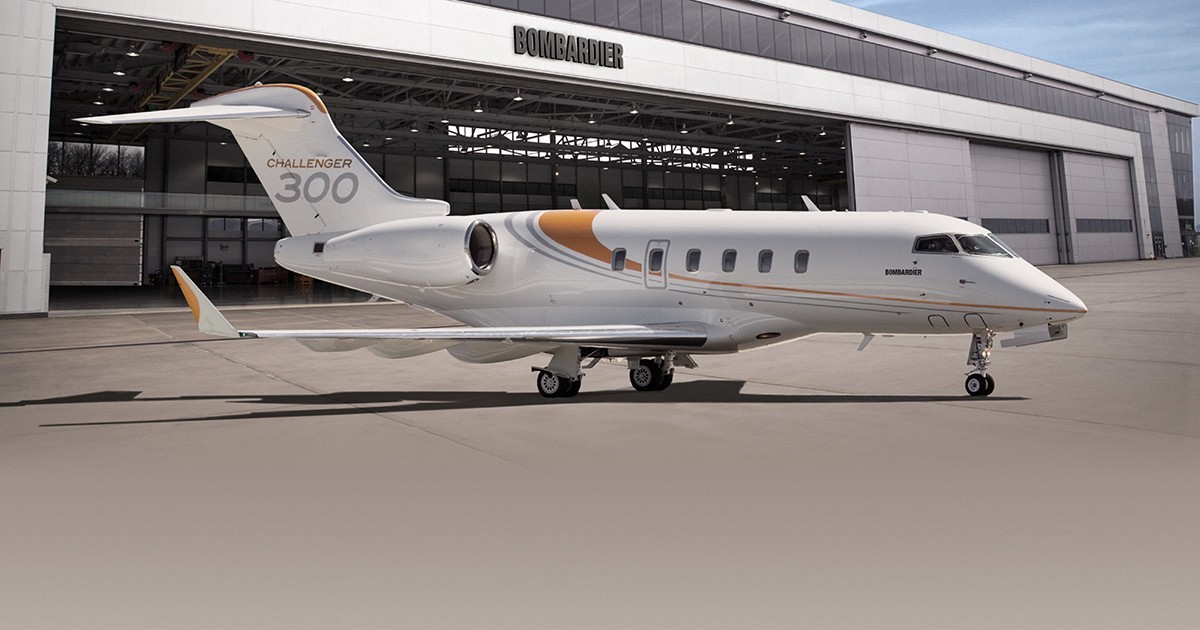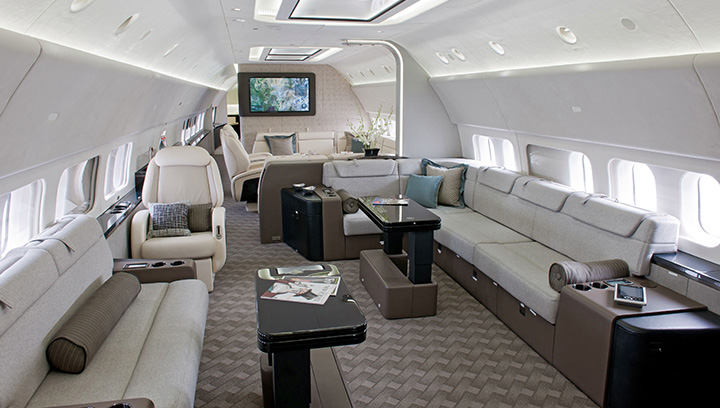As someone who has had the privilege of regularly utilizing private aviation, I’ve come to appreciate the transformative power it can have on one’s travel experience. The convenience, comfort, and exclusivity of flying by private jet has allowed me to optimize my time, minimize stress, and enjoy a level of personalization that simply cannot be replicated in the world of commercial air travel.
However, with the allure of private jets comes a significant financial consideration. The cost of chartering a private jet can be substantial, with hourly rates ranging from a few thousand dollars to upwards of $10,000 or more, depending on the size and type of aircraft. And while the benefits of private jet travel are undeniable, it’s crucial to carefully weigh the options and find the most cost-effective solution that aligns with your specific needs and budget.
This is where the debate between fractional ownership and private jet charter comes into play. Both offer unique advantages and drawbacks, and the choice between the two can have a significant impact on the overall cost of your private jet experience. In this comprehensive guide, I’ll delve deep into the nuances of each option, providing you with a detailed analysis of the financial implications, as well as strategies to maximize the value of your private aviation investment.
Whether you’re a seasoned private jet user or someone who is just beginning to explore the world of private aviation, this article will equip you with the knowledge and insights needed to make an informed decision that best suits your travel requirements and financial considerations.
Understanding Fractional Ownership: The Pros and Cons
Fractional ownership is a unique model that allows individuals or businesses to purchase a share of a private jet, rather than bearing the full cost of ownership. This model has become increasingly popular in the private aviation industry, as it offers a more accessible and cost-effective alternative to whole aircraft ownership.
The Advantages of Fractional Ownership
- Flexibility and Accessibility:
- Fractional ownership programs typically provide access to a fleet of aircraft, allowing you to select the most appropriate jet for your specific travel needs.
- You have the ability to “upgrade” or “downgrade” the size of the aircraft depending on the number of passengers or the length of the trip, without the burden of maintaining a single, fixed asset.
- Reduced Upfront Costs:
- The initial investment required for fractional ownership is significantly lower than the cost of purchasing a private jet outright.
- By sharing the ownership with other participants, you can enjoy the benefits of private jet travel without the hefty price tag associated with whole aircraft ownership.
- Simplified Maintenance and Operations:
- The fractional ownership provider is responsible for all aspects of aircraft maintenance, crew management, and operational logistics.
- This eliminates the need for you to handle the complexities of private jet ownership, allowing you to focus on the travel experience itself.
- Guaranteed Availability:
- Fractional ownership programs typically offer a guaranteed number of hours or days of access to the aircraft, ensuring that you can reliably book your flights without the risk of availability issues.
- Potential for Resale Value:
- Depending on the program and the aircraft’s performance, your fractional ownership share may retain a portion of its value, potentially allowing you to recoup some of your initial investment if you choose to sell in the future.
The Drawbacks of Fractional Ownership
- Ongoing Monthly Fees:
- In addition to the initial investment, fractional owners are responsible for paying monthly management fees, which can be substantial and may fluctuate over time.
- These fees cover the costs of aircraft maintenance, crew, insurance, and other operational expenses.
- Limitations on Usage:
- Fractional ownership programs often have restrictions on the number of hours or days you can use the aircraft per year, as well as limitations on the number of passengers or the length of the flights.
- These restrictions may not align with your specific travel needs, particularly if you require more flexible or extensive usage.
- Potential for Increased Costs:
- The hourly rate for using the aircraft, as well as the costs associated with fuel, taxes, and other fees, can add up quickly and may exceed the expectations set during the initial investment.
- Unexpected changes in the market or the program itself can also lead to increased costs for fractional owners.
- Lack of Customization:
- Fractional ownership programs typically offer a limited selection of aircraft models, which may not align with your personal preferences or the specific requirements of your travel.
- The ability to customize the interior or amenities of the aircraft may be restricted or come with additional fees.
Understanding Private Jet Charter: The Pros and Cons
In contrast to fractional ownership, private jet charter offers a more flexible and on-demand approach to private aviation. With charter, you have the ability to select the aircraft and customize your travel experience to your specific needs, without the long-term commitment or ongoing costs associated with ownership.
The Advantages of Private Jet Charter
- Flexibility and Customization:
- When chartering a private jet, you have the freedom to choose the aircraft that best suits your travel requirements, whether it’s a smaller turboprop for a regional trip or a larger, long-range business jet for an international journey.
- You can also customize the in-flight amenities, catering, and other services to meet your personal preferences.
- No Long-Term Commitment:
- Private jet charter is a pay-as-you-go model, allowing you to utilize private aviation services on an as-needed basis without the burden of owning or maintaining an aircraft.
- This can be particularly beneficial for individuals or businesses with varying travel demands or those who only require private jet services occasionally.
- Potential for Cost Savings:
- By chartering a private jet, you can avoid the ongoing monthly fees, maintenance costs, and other fixed expenses associated with fractional ownership or whole aircraft ownership.
- Additionally, you may be able to take advantage of empty leg or one-way flight opportunities, which can result in significant cost savings.
- Access to a Wider Range of Aircraft:
- Private jet charter providers typically have access to a diverse fleet of aircraft, spanning a wide range of sizes, capabilities, and price points.
- This allows you to select the most appropriate jet for your specific travel needs, without being limited to the options available through a fractional ownership program.
The Drawbacks of Private Jet Charter
- Inconsistent Availability:
- Unlike fractional ownership programs, which guarantee a certain level of access to the aircraft, private jet charter is subject to the availability of the desired aircraft and crew.
- Last-minute bookings or changes in travel plans may result in limited options or higher costs.
- Potential for Higher Costs:
- The hourly rate for private jet charter can be quite high, particularly for larger, more luxurious aircraft.
- Additionally, you may be responsible for covering the cost of positioning flights, crew accommodations, and other ancillary expenses, which can add up quickly.
- Lack of Ownership Benefits:
- By chartering a private jet, you do not enjoy the potential benefits of aircraft ownership, such as the ability to recoup a portion of your investment through resale or the potential for the aircraft to appreciate in value over time.
- Responsibility for Operational Details:
- When chartering a private jet, you are responsible for managing the logistics of your travel, including coordinating with the charter operator, arranging ground transportation, and ensuring compliance with all applicable regulations and policies.
- This level of hands-on involvement may not be desirable for all private jet users.
Comparing the Costs: Fractional Ownership vs. Private Jet Charter
Now that we’ve explored the key advantages and disadvantages of both fractional ownership and private jet charter, let’s delve into the critical component of cost and how the two models stack up against each other.
Initial Investment
The upfront cost of fractional ownership can be significantly higher than the cost of private jet charter. Fractional shares typically start at around $500,000 for a 1/16th share of a mid-size jet, and can go up to several million dollars for a larger aircraft or a larger ownership stake.
In contrast, private jet charter requires no upfront investment. You simply pay for the specific flights you need, without the burden of ownership or the associated long-term costs.
Ongoing Expenses
When it comes to ongoing expenses, fractional ownership and private jet charter differ significantly.
Fractional Ownership:
- Monthly management fees: These can range from $5,000 to $20,000 or more per month, depending on the size of the aircraft and the level of services included.
- Hourly usage fees: Fractional owners typically pay an hourly rate for the time they use the aircraft, which can be $3,000 to $8,000 or more per hour.
Private Jet Charter:
- Hourly charter rates: As mentioned earlier, these can range from $1,500 to $10,000 or more per hour, depending on the size and type of aircraft.
- Positioning fees: You may need to cover the cost of the aircraft flying to your departure location, as well as the return flight to the operator’s home base.
- Crew and catering expenses: The cost of the flight crew, their accommodations, and any in-flight catering can add thousands of dollars to the overall charter cost.
To provide a more tangible example, let’s compare the estimated costs for a round-trip flight from New York to Los Angeles using both fractional ownership and private jet charter:
Fractional Ownership Scenario:
- Aircraft: Mid-size jet
- Ownership share: 1/16th
- Initial investment: $500,000
- Monthly management fee: $10,000
- Hourly usage rate: $5,000
- Estimated flight time: 10 hours (5 hours each way)
- Total cost for the round-trip: $60,000 (10 hours x $5,000 per hour)
Private Jet Charter Scenario:
- Aircraft: Mid-size jet
- Hourly charter rate: $4,500
- Estimated flight time: 10 hours (5 hours each way)
- Positioning fees: $10,000
- Crew and catering expenses: $8,000
- Total cost for the round-trip: $53,000 (10 hours x $4,500 per hour + $10,000 positioning + $8,000 crew/catering)
In this example, the private jet charter option is slightly more cost-effective than the fractional ownership model. However, it’s important to note that these are just estimates, and the actual costs can vary significantly depending on factors such as the specific aircraft, seasonality, and any additional services or amenities required.
The Verdict: Fractional Ownership vs. Private Jet Charter – Which is Right for You?
As you weigh the decision between fractional ownership and private jet charter, it’s important to carefully consider your specific travel requirements, budget, and long-term goals. Both models offer unique advantages and drawbacks, and the optimal choice will depend on your personal circumstances and preferences.
If you are a frequent private jet user with a consistent travel schedule and a desire for a more predictable and streamlined experience, fractional ownership may be the better fit. The guaranteed access, reduced upfront costs, and simplified operational responsibilities can make fractional ownership an attractive option, particularly if you can take advantage of the potential resale value of your ownership share.
On the other hand, if your private jet usage is more sporadic or you require a higher degree of flexibility and customization, private jet charter may be the more suitable choice. The pay-as-you-go model allows you to tailor your travel experience to your specific needs, without the long-term commitment or ongoing fees associated with fractional ownership.
Ultimately, the decision comes down to a careful analysis of your personal and business requirements, as well as a thorough understanding of the financial implications of each option. By weighing the factors outlined in this comprehensive guide, you’ll be equipped to make an informed decision that aligns with your unique travel needs and budget.
Regardless of which path you choose, the world of private aviation offers a remarkable opportunity to elevate your travel experience and unlock unparalleled levels of convenience, comfort, and exclusivity. Whether you opt for the stability and predictability of fractional ownership or the flexibility and customization of private jet charter, you’ll be investing in a mode of transportation that can truly transform the way you approach travel.
So, as you embark on your next adventure, I encourage you to embrace the power of private aviation and explore the possibilities that it holds. By leveraging the insights and strategies presented in this article, you can navigate the private jet landscape with confidence, ensuring that you make the most of your investment and enjoy an unparalleled travel experience every step of the way.



